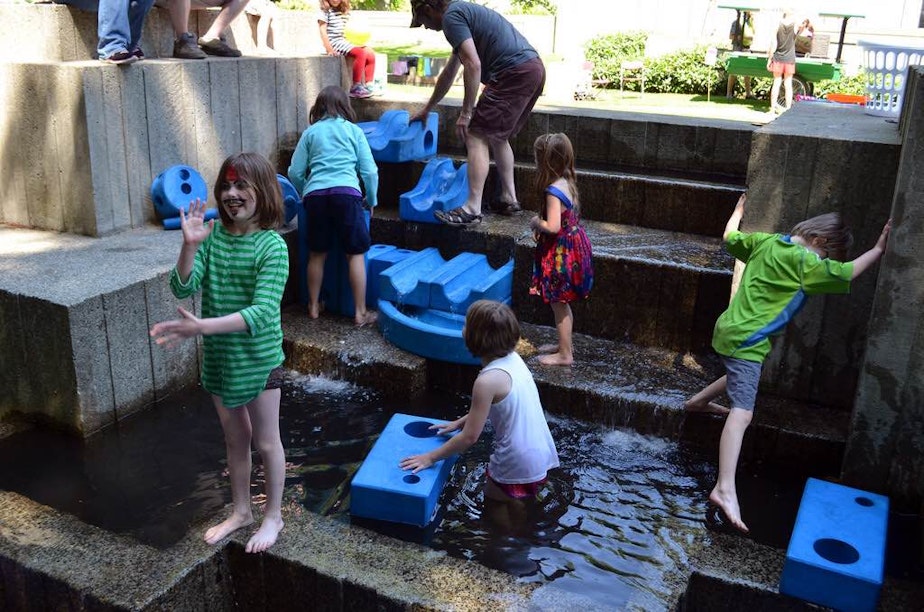'Historic heat wave' could enter triple digits in western Washington

Whatever happened to the saying that Seattle summers start on July 5?
Not this year. The National Weather Service has issued an excessive heat watch that goes into effect on Friday and will last through Monday afternoon.
The weather service expects highs in the upper 90s and possibly into the 100s in western Washington. That's a good 20 degrees above normal for this time of year.
Overnight lows are expected to be in the 60s and 70s, which is unusual for western Washington, which typically cools off at sundown.
Nick Bond, state climatologist for Washington state, said this will be a historic heat wave in terms of intensity and duration.
“What I’m struck by is not how hot it’s liable to get, but how long it’s going to last,” Bond said. “We usually have our natural air conditioner of our cooler marine air that floods western Washington and gives us relief, but in this case, it looks like it’s going to last for a while.”
Sponsored
This heat wave is not an Act of God but is fueled by humans' heat-trapping pollution. Climate scientists say that greenhouse gas pollution has warmed the earth's climate enough to increase the frequency and severity of extreme weather events, including heat waves.
Forecasters believe Sunday will be the hottest day of this heat wave.
Olympia could see temperatures hit 100 degrees on the weekend. On the eastern side of the state, Spokane residents are waiting to see if the mercury will pass the 108-degree record set in 1928 and 1961.
Forecasters say the dangerously hot conditions increase the potential for heat-related illnesses, particularly among children and the elderly.
They ask people to stay hydrated and seek out air conditioning where possible.
Sponsored
Wildfire season is already underway in Washington state, and Bond said that the end of heat waves can see a push of west winds in eastern Washington.
“That can really be a problem for wildfires,” Bond said.
Bond said another concern is stream flow – will there be enough water for salmon returning from the ocean to spawn?
King County and Seattle have been mapping heat in the area and found that neighborhoods and cities with less tree canopy and more industry are much warmer than less urbanized areas. Their study found that areas of the county with more pavement and less vegetation got hotter and stayed hot longer during a heat wave last July.
Lara Whitely Binder, a climate adaptation specialist, said some places were 20 degrees warmer than elsewhere in the county.
Sponsored
“That Renton-Kent-Auburn corridor really popped out,” Binder said. “Temperatures were in the mid to upper 90s."
Other hot spots included the Duwamish Valley and areas around Sea-Tac Airport.
Binder said King County will use the new hotspot maps to help determine where to locate cooling centers and bus stop shelters to let people escape the worst of the heat .
Those maps could prove to be handy for the future as the global climate keeps warming.




